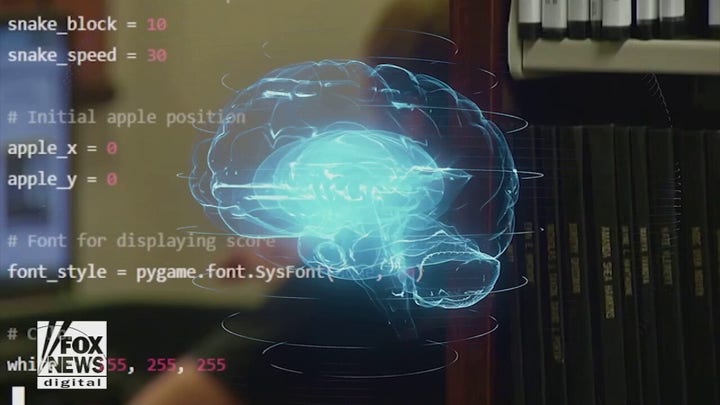Artificial intelligence (AI) is increasingly impacting the job market, raising concerns about potential displacement. A recent report indicated that AI contributed to a noticeable percentage of layoffs in May, a trend not previously highlighted. Companies are responding by reevaluating hiring practices for roles they anticipate being automated.
While these developments may appear alarming, the historical impact of technological advancements suggests a more nuanced perspective. Technology has consistently elevated living standards, facilitated scientific breakthroughs, and extended lifespans. AI, in particular, has demonstrated its potential in drug discovery, personalized education, and space exploration.

AI can streamline operations by automating routine tasks such as customer service, data entry, and manufacturing processes. This allows human employees to concentrate on creative and strategic endeavors. Tools like ChatGPT exemplify this potential, freeing up human capital for more complex and innovative work.
However, acknowledging the potential for short-term labor market disruption is crucial. Workers in easily automated roles may require retraining and career transitions. This is a recurring theme throughout history as technology evolves.

Job displacement can lead to reduced consumer spending, increased social service burdens, and potential social unrest. Income inequality may also widen, particularly for lower-income individuals lacking the resources for retraining. Those with limited education or financial means might face greater challenges in adapting to these technological shifts.
Addressing these challenges necessitates a combined effort from the private and public sectors. Companies can invest in retraining programs, retaining valuable employees and fostering positive morale. Government initiatives can support workers transitioning between jobs or industries. Educational opportunities can empower individuals to effectively utilize AI tools, potentially becoming catalysts for change.

Incentives like tax breaks and subsidized tuition can encourage corporate investment in employee development. Grants, loans, and financial aid can support retraining efforts for those with limited resources. Job guarantee programs can provide a safety net for individuals displaced by automation.
Strategically implemented, AI can augment human capabilities and foster a collaborative environment where human creativity and AI efficiency converge. Public acceptance of AI is essential to realizing these benefits. Exaggerated fears and reactive overregulation risk hindering progress.

Education plays a vital role in preparing the public to embrace and utilize AI effectively, mitigating employment concerns and fostering understanding. Investing in public AI education offers substantial returns for both technology developers and government agencies.
By prioritizing human capital and implementing responsible transition strategies, governments can ensure that AI-driven automation benefits everyone. With appropriate policies, technology can drive progress and create opportunities for all.
Comments(0)
Top Comments